Ancient Giants Of America
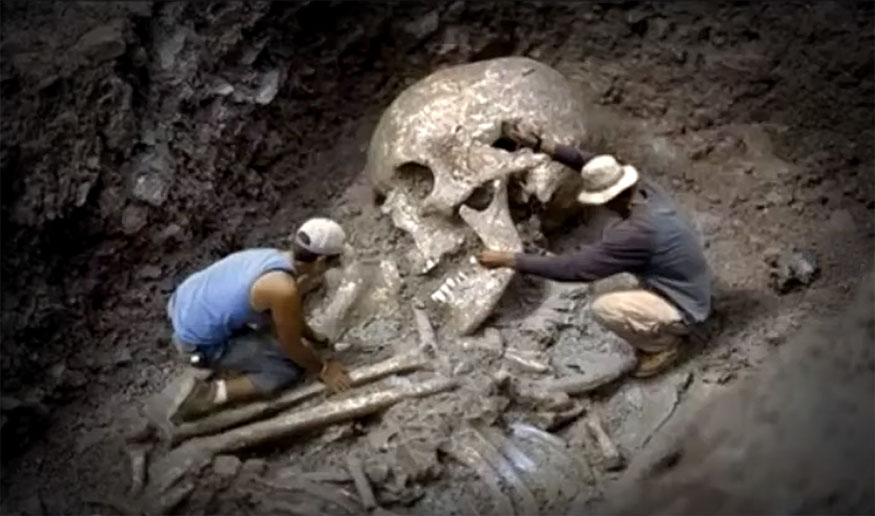 by Richard J. Dewhurst
by Richard J. Dewhurst
Long before the so-called “discovery of America,” this land was populated by very ancient peoples, some of whom were of enormous size, as attested to by the numerous reports of giant finds. Those reports make it clear that in the nineteenth century such finds were common knowledge around the country. When carbon dating became available in the twentieth century, earlier estimates of the age of the remains were increased by many magnitudes: with ranges from five thousand to fourteen thousand years! In addition to finds linking some of those early, magnificent humans with mastodons (which became extinct some twenty thousand years ago), not surprisingly, many finds indicate that the giants were royal beings, with reports of copper crowns and pearl robes.
While certain monuments and parks in various parts of the country offer silent testimony to the creative efforts of these early peoples, few of us are aware of the true scope of the mounds and cities that once revealed advanced ancient civilizations.
When we learn of the importance of the copper mines in upper Michigan at Isle Royale and the mica mines of North Carolina, we must necessarily take a deep breath and think, What are the mines telling us? They are telling us that as early as 10,000 BCE, Americans were mining mica for ornaments as well as mining and refining copper into weapons, jewelry, and exquisite grave goods. Along with these “buried treasures”, reports and studies of the mines make it clear that this land was home to very ancient, fully developed, sophisticated cultures capable of fine weaving, mummification, beautiful artworks, and even duck decoys so expertly crafted you’d think a New England decoy maker had made them in his workshop today.
Discrepancies between the amount of copper estimated to have been mined and findings of copper in the country hint at worldwide trade in those very ancient times. In fact, a long history of pre-Columbian European and Asian contact is evidenced all over the continent, as seen in artifacts of Roman coins and engraved tablets examined in reports or the existence of red-haired, blue-eyed Mandans of North Dakota or the nine-thousand-year-old Caucasian mummies of Spirit Cave in Nevada. Some still argue that there was no European contact; even when confronted with the evidence of the Florida bog mummies—hundreds of red-haired corpses so perfectly preserved that their hair and brain tissue can be seen and tested—they still refuse to give up the old historical canards. These reports give rise to questions about whether these were the red-haired ancestors of the later Europeans and not the other way around. Added to this are the startling reports of finds of seven thousand-year-old skeletons of a race of blond-haired giants along with the remains of a megalithic “Stonehenge-era” temple on Catalina Island in California. The suggestions about possible far-flung genetic and cultural connections provide fascinating material for musing on, offering insights regarding very ancient travel and cultures, north and south, east and west. Only true historical inquiry, unclouded by prejudice, will eventually tell us the answer.
 But what we have instead is a perfect storm of wrong-headed thinking in order to protect current scientific theory. And central to the promotion of wrong-headed thinking has been the Smithsonian Institution, an institution originally intended to “increase the diffusion of knowledge among men.” Although scant official papers exist to attest to its purpose beyond that statement, its true mission to unearth the real history of America is evidenced by its first commissioned and published book, Ancient Monuments of the Mississippi Valley, written in 1848 by Ephraim G. Squier and Edwin H. Davis. This lavishly illustrated work is an invaluable and open-minded study of the huge number of earthworks found along the Mississippi River.
But what we have instead is a perfect storm of wrong-headed thinking in order to protect current scientific theory. And central to the promotion of wrong-headed thinking has been the Smithsonian Institution, an institution originally intended to “increase the diffusion of knowledge among men.” Although scant official papers exist to attest to its purpose beyond that statement, its true mission to unearth the real history of America is evidenced by its first commissioned and published book, Ancient Monuments of the Mississippi Valley, written in 1848 by Ephraim G. Squier and Edwin H. Davis. This lavishly illustrated work is an invaluable and open-minded study of the huge number of earthworks found along the Mississippi River.
But something happened after that promising beginning. What my research has revealed is that the Smithsonian has been at the center of a vast cover-up of America’s true history since the 1880s. The Smithsonian was originally founded in 1829 with a $500,000 grant from the British mineralogist James Smithson, who never visited the United States, died without heirs, and was buried in Genoa, Italy. A sign of the Smithsonian’s utter disregard for history is that Smithson’s body was reburied at the Smithsonian Castle in the twentieth century in a sarcophagus that lists his age at death as seventy-five, when it is common knowledge that he was closer to sixty-five when he died.
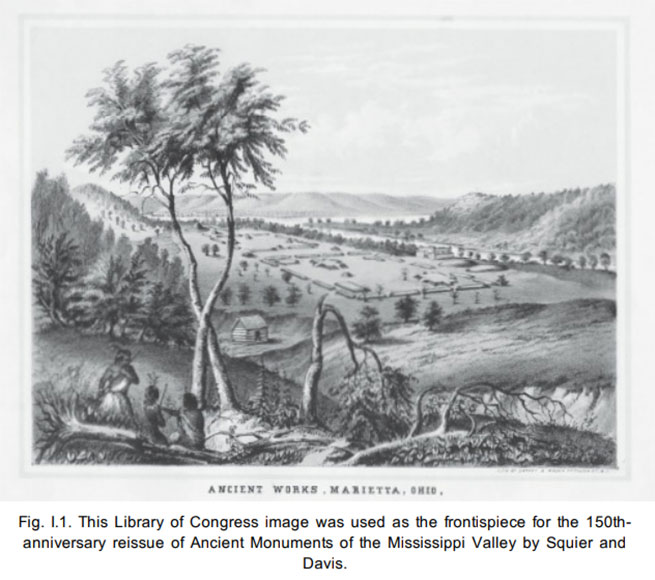
After the Civil War the Smithsonian began to adopt a policy of excluding any evidence of direct foreign influence in the Americas prior to Columbus. Some have argued that it was an attempt by the fractured post–Civil War government to downplay any regional and ethnic conflicts in the still fragile national rebuilding after the war. Others have pointed to the expansionist policies incorporated in the doctrine of manifest destiny and the desire to obscure the origins of the tribes being displaced and annihilated by westward expansion. Still others have alleged that it was a direct religious policy adapted to counter the growing problem with the Mormon religion and its assertions that the lost tribes of Israel were to be found in America.
All of these policies can be directly traced to Major John Wesley Powell and his tenure at the Smithsonian from 1879 to 1902. Powell was a geologist and explorer who led expeditions and conducted surveys of the American West. In 1869 he set out by boat to explore the Colorado River from the Green River, Wyoming Territory to the foot of the Grand Canyon.
When Congress created the Bureau of Ethnology in 1879 Powell was named its first director, a post he held until his death in 1902. Placed under the auspices of the Smithsonian Institution, the bureau, whose name was changed to the Bureau of American Ethnology, was to be the repository of the archives, records, and material relating to the Indians of North America. Because of his experience as a Western explorer, Powell was considered an expert on the geography of the American West, and he was asked to write a report on the history of the ancient tribes and their probable origins, which was to become the official policy of the Smithsonian for the next hundred-plus years.
The title of Powell’s first report to the secretary of the Smithsonian in 1879, “On Limitations to the Use of Some Anthropologic Data,” is revealing and shows the ulterior policy at work within the nascent institution. The following is taken from that report.
Investigations in this department are of great interest, and have attracted to the field a host of workers; but a general review of the mass of published matter exhibits the fact that the uses to which the material has been put have not always been wise.
In the monuments of antiquity found throughout North America, in camp and village sites, graves, mounds, ruins, and scattered works of art, the origin and development of art in savage and barbaric life may be satisfactorily studied. Incidentally, too, hints of customs may be discovered, but outside of this, the discoveries made have often been illegitimately used, especially for the purpose of connecting the tribes of North America with peoples of so-called races of antiquity in other portions of the world. A brief review of some conclusions that must be accepted in the present status of the science will exhibit the futility of these attempts.
In the study of these antiquities, there has been much unnecessary speculation in respect to the relation existing between the people to whose existence they attest, and the tribes of Indians inhabiting the country during the historic period. It may be said that in the Pueblos discovered in the southwestern portion of the United States and farther south through Mexico and perhaps into Central America tribes are known having a culture quite as far advanced as any exhibited in the discovered ruins. In this respect, then, there is no need to search for extra-limital origin through lost tribes for any art there exhibited. With regard to the mounds so widely scattered between the two oceans, it may also be said that mound-building tribes were known in the early history of discovery of this continent, and that the vestiges of art discovered do not excel in any respect the arts of the Indian tribes known to history. There is, therefore, no reason for us to search for an extra-limital origin through lost tribes for the arts discovered in the mounds of North America.
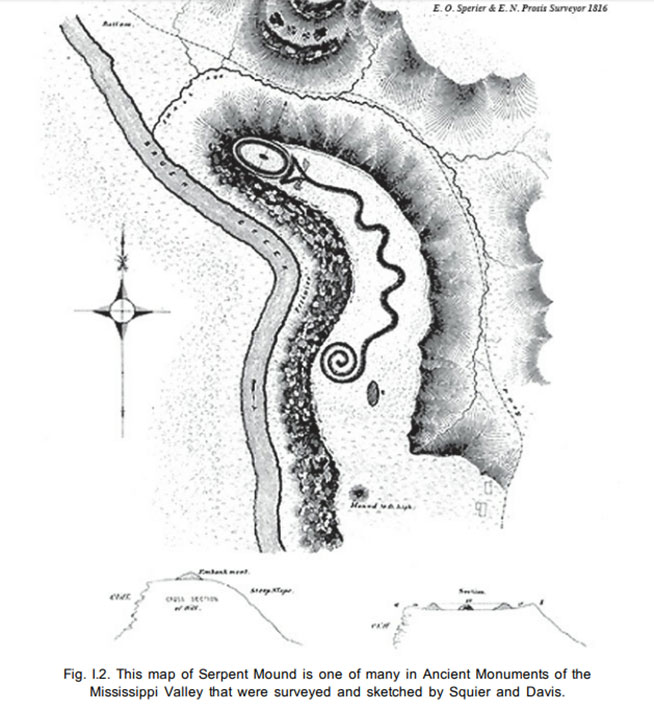
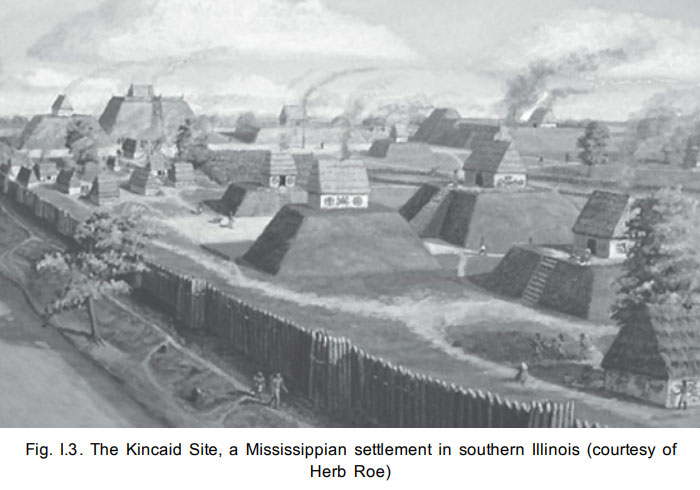
The third major contributing factor to the extant historical myopia is the land bridge theory, which states that all the Indian tribes reached America from Asia across the Alaskan land bridge. The man who came up with this absurd and unprovable theory is none other than Dr. Ales Hrdlicka, the first curator (in 1903) of physical anthropology of the U.S. National Museum, now the Smithsonian Institution National Museum of Natural History. No boats for him. They walked—even though we know they would have had to walk around or through the extensive glaciers still blocking Canada. Were they not capable of slowly sailing from one island to another, as we know the Polynesians and Australians did for forty thousand years? The theory is absurd, but the Smithsonian told us to believe it, and we did. When academics get caught in such a perfect storm of wrong theories, they have a very hard time wriggling out of it. Reputations and careers are at stake. Books have been written and published and promotions garnered on the weight of their verity, so the fix was in from the beginning, so to speak.
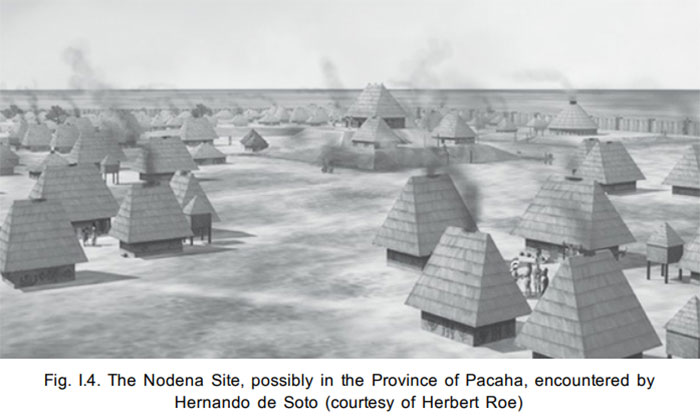
Then there is the thorny question of racism and manifest destiny (which, decoded, reads like this: America is inhabited by inferior races of people whom “civilized man” has a God-given right to exterminate so that he can exploit the country he now considers his domain). One has only to read Powell’s 1879 theories about the aborigines and their inherent lack of intelligence to get an unpleasant whiff of what we are dealing with here. Powell finishes his “proof” of no European or Asiatic influences by boldly asserting, without a shred of supporting evidence, that all pictographic writing found anywhere in the Americas is evidence of nothing more than the most rudimentary picture making, despite having no working knowledge of any of the ancient writing systems to which he alludes. He continues in his report to explain:
Many of these pictographs are simply pictures, rude etchings, or paintings delineating natural objects, especially animals, and illustrate simply the beginning of pictorial art; others we know were intended to commemorate events or to represent other ideas entertained by their authors; but to a large extent these were simply mnemonic—not conveying ideas of themselves, but designed more thoroughly to retain in memory certain events or thoughts by persons who were already cognizant of the same through current hearsay or tradition. If once the memory of the thought to be preserved has passed from the minds of men, the record is powerless to restore its own subject-matter to the understanding.
The great body of picture-writings is thus described; yet to some slight extent pictographs are found with characters more or less conventional, and the number of such is quite large in Mexico and Central America. Yet even these conventional characters are used with others less conventional in such a manner that perfect records were never made. Hence it will be seen that it is illegitimate to use any pictographic matter of a date anterior to the discovery of the continent by Columbus for historic purposes.
When you step back for a moment from the pseudo-scientific doubletalk, what he is saying is this: these are essentially dumb savages with the minds of children. Other pictures and trinkets that we have found that hint at intelligence, language, or higher knowledge are simply the scribbling of children trying to leave a garbled record of their childish view of history and religion.
It is bad enough that these biased and unsupported claims were the policy of the Smithsonian in the nineteenth century, but to make matters worse, Charles Doolittle Walcott, secretary (chief executive officer) of the Smithsonian from 1907 to 1927, made the “Powell Doctrine” the official dogma of the museum for the entire twentieth century as well. In fact, the Powell Doctrine is still the official policy of the Smithsonian as of this writing, despite the fact that some scholars associated with the museum are finally starting to speak out in support of evidence of early European settlement of the Americas.
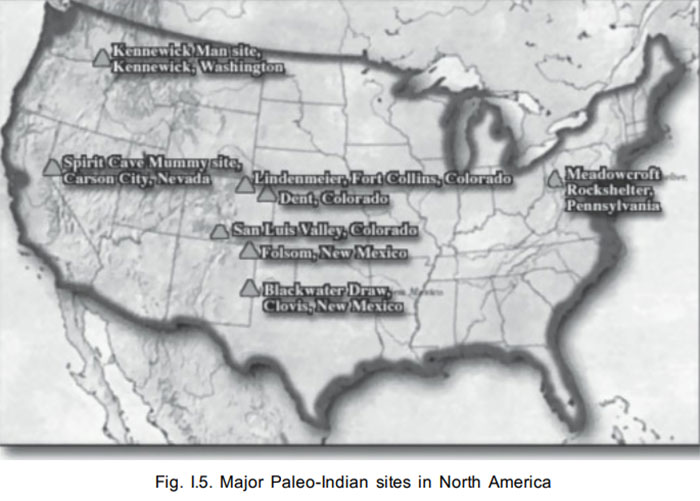
The great crime and tragedy of this policy is hard to compute. One glaring result has been the suppression of hundreds of “out-of-context” finds, all submitted to the museum in naive ignorance of the museum’s official policy of suppression of alternative perspectives. To compound the problem, all major universities in the United States also adopted this policy in conjunction with the official position of the Smithsonian, thus making it impossible to study alternative American history and receive any grants or funding for pursuits of this nature. A giant problem for the giants and a giant problem for history.
It is the express intent of this book (see pdf below) to bring to light the many discoveries about the ancient history of this land that have all but disappeared from public awareness over the last hundred years.
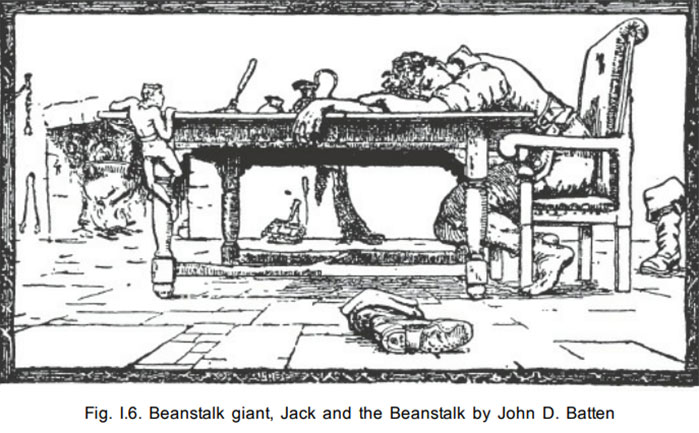
Excerpt from The Ancient Giants Who Ruled America
See full pdf download here.
Posted in Other Topics, True History of Manwith 1 comment.
Comments
Pingbacks & Trackbacks
-
[…] Ancient Giants Of America — Unariun Wisdom […]


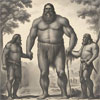


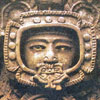
Very Interesting. Makes on wonder regarding the Bible and the Book of 2 Samuel Chapter 21, verses 16, 17, 18, 19 20, 21, and 22. 1 Chronicles 20, verses 6, 7, and 8.